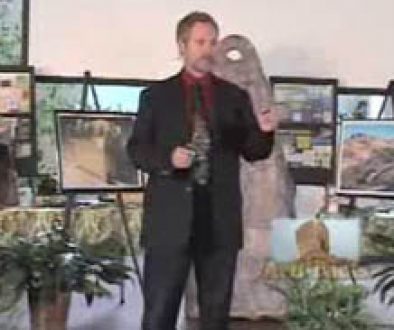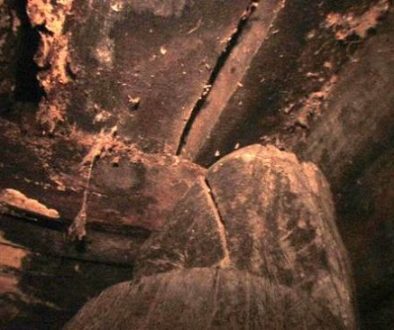Archaeologists report finding oldest Hebrew text
JERUSALEM (Reuters) – Archaeologists in Israel said on Thursday they had unearthed the oldest Hebrew text ever found, while excavating a fortress city overlooking a valley where the Bible says David slew Goliath.
The dig’s uncovering of the past near the ancient battlefield in the Valley of Elah, now home to wineries and a satellite station, could have implications for the emotional debate over the future of Jerusalem, some 20 km (12 miles) away.
Archaeologists from the Hebrew University said they found five lines of text written in black ink on a shard of pottery dug up at a five-acre (two-hectare) site called Elah Fortress, or Khirbet Qeiyafa.
Experts have not yet been able to decipher the text fully, but carbon dating of artifacts found at the site indicates the Hebrew inscription was written about 3,000 years ago, predating the Dead Sea Scrolls by 1,000 years, the archaeologists said.
Several words, including "judge," "slave" and "king," could be identified and the experts said they hoped the text would shed light on how alphabetic scripts developed.
In a finding that could have symbolic value for Israel, the archaeologists said other items discovered at the fortress dig indicated there was most likely a strong king and central government in Jerusalem during the period scholars believe that David ruled the holy city and ancient Israel.
Modern-day Israel often cites a biblical connection through David to Jerusalem in supporting its claim, which has not won recognition internationally, to all of the city as its "eternal and indivisible capital."
Palestinians, saying biblical claims have been superseded by the long-standing Arab population in Jerusalem, want the eastern part of the city, captured by Israel in a 1967 war, to be the capital of the state they hope to establish in the West Bank and Gaza Strip.
"The chronology and geography of Khirbet Qeiyafa create a unique meeting point between the mythology, history, historiography and archaeology of King David," said Yosef Garfinkel, the lead archaeologist at the fortress site.
Original article published here






